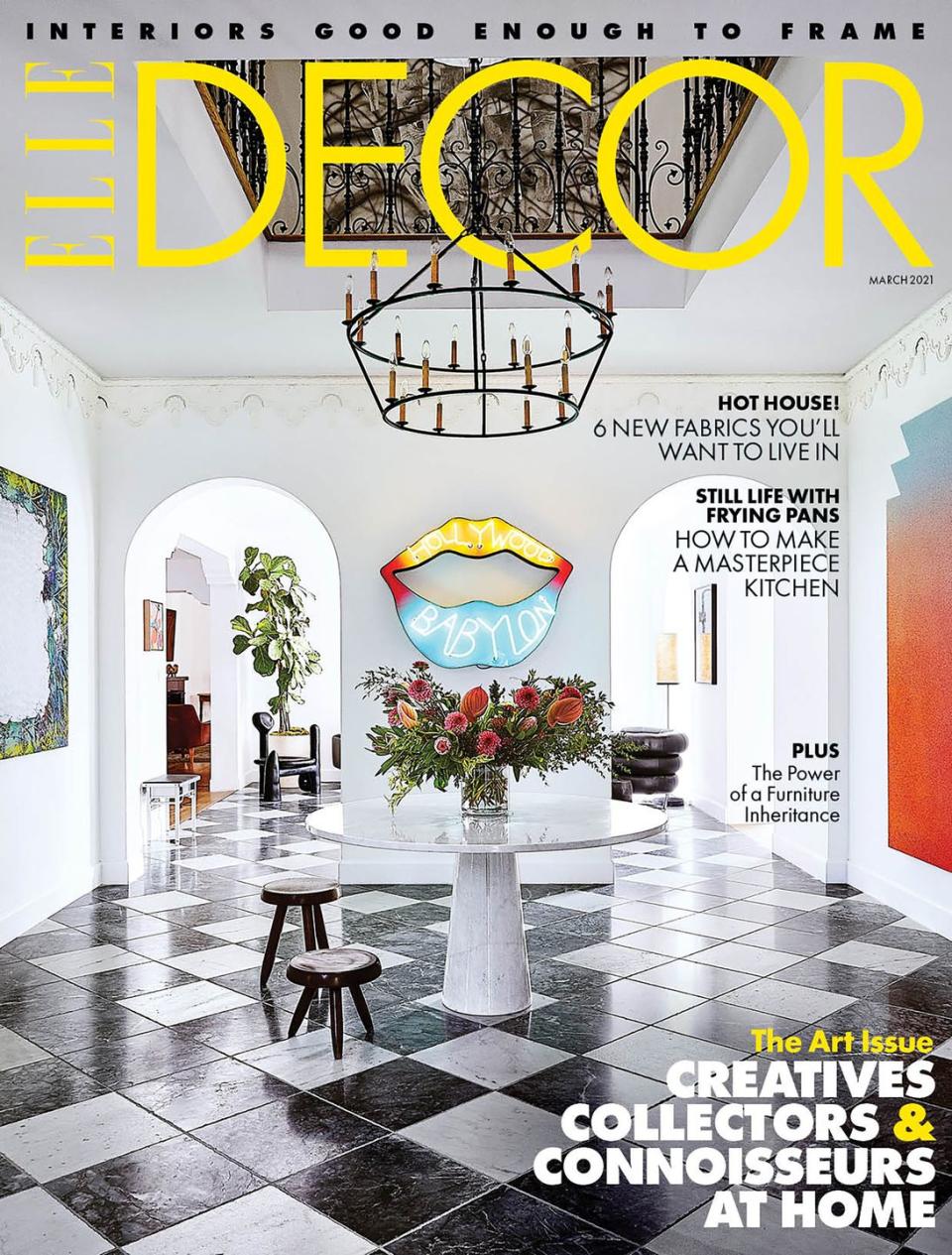Museum Shows Are Now Completely Virtual. Is That Such a Bad Thing?

Above: The Three Soldiers, by Pieter Bruegel the Elder, from the Frick Collection in New York.
I’ll admit it: I fled New York for Florida’s empty beaches in the earliest days of the pandemic. My Brooklyn apartment is tiny. As an art writer and consultant, I am hardly ever home under normal circumstances. Going to galleries and museums is more than an aesthetic pursuit to me; they’re a place to meet friends, and where I go to be alone. They are the living room I do not have.
Since last March, the art world has bent over backward to bring itself online, and this has caused all of us to ask what it is we really value from art. Struggling museums now rely on detailed photography and virtual tours to accompany their physical shows, sometimes charging a fee to viewers. Meanwhile, galleries—which are really just small, free museums—have built bespoke virtual viewing rooms and even staged online-only shows, some with high-production introductions from the artists akin to music videos.
“Expanding the related content around the art we present has been essential to our success in the digital movement,” says Marc Payot, president of Hauser & Wirth galleries.
I balked when I first heard about the concept of an online art exhibition, but I admit that I connected deeply with American artist Josh Smith’s show of new paintings, of buildings and empty streets, at David Zwirner’s London gallery—or on David Zwirner’s website, anyway.
And from there I consumed almost every show I encountered digitally. An “online exhibition” of Belgian Renaissance painter Pieter Bruegel the Elder’s Three Soldiers at the Frick Collection? Sign me up. Grisaille somehow looks better on a screen. I could hardly believe my luck when the Whitney Museum of American Art posted not just every artwork in its physical exhibition “Vida Americana: Mexican Muralists Remake American Art, 1925–1945,” but also the installation shots. Museums don’t normally give you those. These visuals provided a welcome trip back to my own communal living room of art and inspired something deeper in me than a photo of my actual New York apartment would have.
I returned to the city in July. One day after that, I bought a timed ticket on my phone and dipped into the New Museum’s Peter Saul retrospective. The colors in his Custer’s Last Stand #1 (1973) hit me in the face like one of his cartoon boxing gloves. I almost fell to my knees when I met his life-size tableau starring Angela Davis, nude and in space.
Without David Zwirner’s online program I would never have seen the Smith works, but there was no question as to which method of consumption I preferred. Is art an idea or an experience?
Leah Dickerman, MoMA’s director of editorial and content strategy, says that their current focus is more on “what the digital does well”: artist interviews, conversations, digital commissions, and suggestions for what to watch and read at home. “It’s clear now that the world isn’t going back to exactly the way it was,” she says. Nothing will replace the experience of viewing art in person, but as someone who has never understood how some people buy art based on nothing but JPEGs, I have been shocked by the extent to which online viewing rooms have managed to successfully replicate a very special space. They have made my tiny apartment feel much bigger—and me feel like I can manage however many future lockdowns may be necessary.
Dan Duray is a journalist living in Brooklyn.
PLUS: Three upcoming spring shows worth a visit, even if only virtually
• Julie Mehretu at the Whitney Museum of American Art, New York City
Mehretu’s work is big and dense. With a robust online counterpart, this mid-career survey will let you get in close and savor the details that might otherwise be lost. March 25–August 8.
• Nicole Eisenman at Astrup Fearnley Museet, Oslo
This represents Eisenman’s largest solo show in Europe to date, and her brand of dark optimism feels distinctly appropriate for 2021. Though she’s mostly known as a painter, her recent sculptures have been delightful exercises in Surrealism, and look particularly good on-screen. Through May 23.
• Niki de Saint Phalle at MoMA PS1, Queens, New York
Saint Phalle was a groundbreaking feminist artist whose colors and forms should be considered in conversation with Picasso and Matisse. This show unearths treasures that have been overlooked in the annals of art history—and offers them online for all to see. March 11–September 6.

This story originally appeared in the March 2021 issue of ELLE Decor. SUBSCRIBE
You Might Also Like


